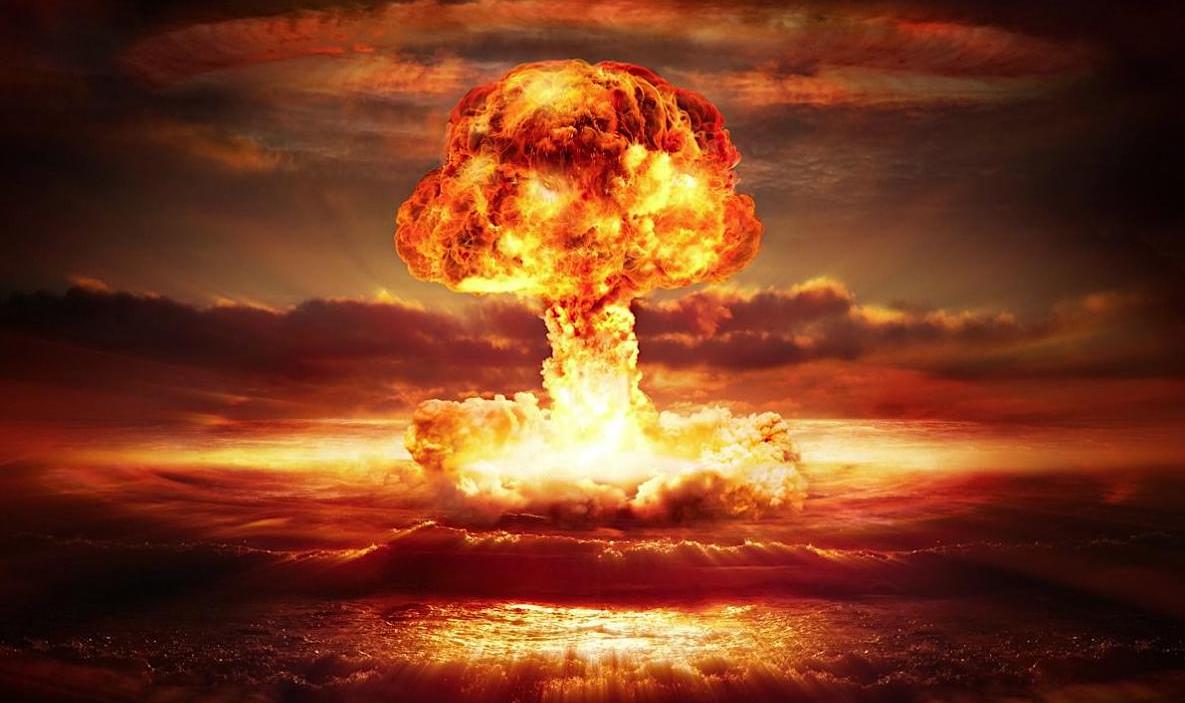You have full control of the United States’ arsenal of nuclear weaponry. What do you do?
Back in 1979, a human error in the United States’ early detection system nearly lead to a full-scale nuclear war between the US and the Soviet Union. A training tape mistakenly left in the early detection system monitors warned of an impending nuclear attack designed to cripple nuclear command centers, U.S. nuclear-armed bombers, and land-based missiles, sending NORAD (North American Aerospace Defense), the Strategic Air Command Center, the Pentagon National Military Command Center, and the Alternate National Military Command Center into a frenzy.
You’d think a potential catastrophe such as this would be far from commonplace. According to senior State Department advisor Marshal Shulman, however, “false alerts of this kind are not a rare occurrence”. Not exactly the kind of response you like to hear from the people in charge of a literal doomsday device. I can’t even imagine what it must be like to face such an impossible situation. And thanks to The Nuclear Biscuit, I don’t have to.
Developed by a two-person team in cooperation with Global Zero and Princeton University, The Nuclear Biscuit is an interactive VR simulation that puts you in charge of the United States’ arsenal of nuclear weaponry and tasks you with making a series of world-altering decisions in a bid to avoid total nuclear annihilation. Stepping into the shoes of the US President, you’ll need to make difficult choices based on limited information.
The roughly 15-minute experience begins with you in the Oval Office watching reports of a Russian attack on television. Before you know it, a Secret Service officer is guiding you towards a secret lift hidden behind the wood paneling of your office and you’re descending into a private bunker. Here, you’re briefed on the situation: 299 missiles are believed to be heading to the US, threatening the lives of roughly two million Americans. You’re then presented with a handful of potential action plans, all the while sirens blare in the background and assistants talk in your ear.
One option involves a counterattack targeting Russian ICBM facilities, major submarines, and bomber bases. This attack would result in the deaths of roughly 15 million Russians. Another plan involves a full-scale attack with an estimated casualty rate of 10-25 million; there is no “right” choice. As if that weren’t bad enough, you have less than 15 minutes to make your decision before it’s too late.
According to the project’s creators, Sharon K. Weiner (School of International Service) and Moritz Kütt (Institute for Peace Research and Security Policy at the University of Hamburg), the idea behind the project is to see how the regular individual would react in a high-stakes scenario with limited information.
“Using VR to immerse participants in a crisis scenario, the project analyses which retaliatory options people consider valid, plus the information, advice, and other variables that are likely to prove important as people seek to make decisions in situations of high stress and uncertainty,” said the team in an official release.
“Most people picked an escalatory option and only very few decided not to respond,” said Kütt during an interview with The Guardian.
“People felt they were making decisions under uncertainty,” added Weiner. “They wished they knew more or thought that something wasn’t clear, but there was pressure to make a decision anyway. I think some people pick an option just because they want to be over.”
According to The Guardian, the team will be bringing The Nuclear Biscuit Project to Capital Hill this January in an effort to raise awareness around the country’s current nuclear system. No word yet on a potential at-home release.
Feature Image Credit: Istock
The post VR Game Lets You Launch (Or Not Launch) A Nuclear Strike appeared first on VRScout.






